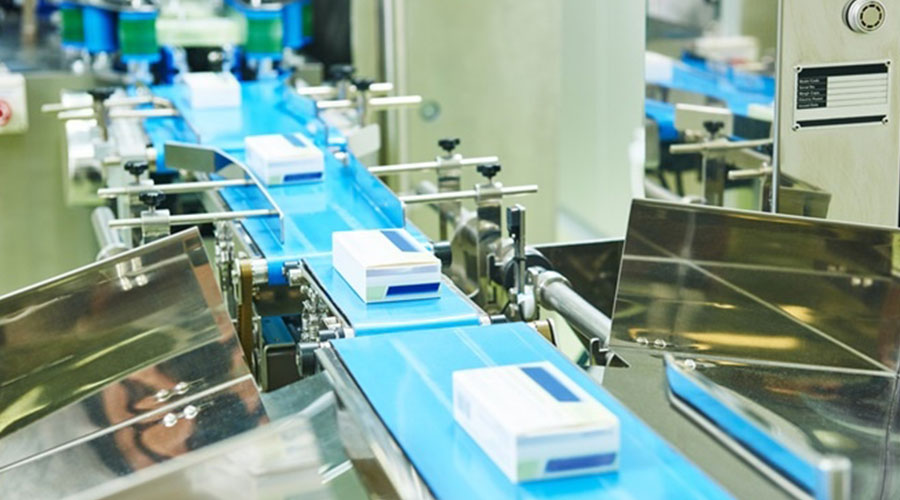Pharmaceutical packaging is critical in the healthcare industry for protecting prescribed pharmaceuticals against contamination and bacterial development. Medicines, unlike other items, require a comprehensive evaluation of their packaging to ensure that they are fully safe for patients to consume. Furthermore, the material used to package the drug is also used to offer a thorough medical description of the drug for identification and consumption purposes. Types of packagingPackaging in the pharmaceutical business varies from medicine to medicine, however there are usually three layers of packaging: primary, secondary, and tertiary packaging.Primary PackagingThose package components and subcomponents that actually come in contact with the product, or those that may have a direct influence on the product shelf-life, such as ampoules and vials, prefilled syringes, IV containers, blister packs, and so on, are referred to as the primary packaging system.Secondary PackagingOutside of primary packaging, secondary packaging systems are used to bundle primary packages together, such as cartons, boxes, shipping containers, injection trays, and so on.Tertiary PackagingFinally, there's tertiary packing, which is critical for shipping and transportation. The package material is generally removed by merchants so consumers do not see the tertiary packing. It is used for bulk handling and shipping e.g., barrel, container, edge protectors, etc.FunctionsFollowing are five main functions of pharmaceutical packaging:Product ContainmentThe most basic function of packaging for pharmaceutical items is to keep the contents contained. The demands of the product as well as the production and distribution system must be considered when designing the packaging. This necessitates that the packaging does not leak, does not allow product dispersion or penetration, is sturdy enough to contain the contents when subjected to typical handling, and is not affected by the formulation's ingredients in their final dose form.Product SafetyLight, moisture, oxygen, biological contamination, mechanical damage, and counterfeiting/adulteration are all examples of external factors that might degrade a product's quality or efficacy. The packaging must protect the items from these factors.Product Presentation and information Packaging is an important source of information about pharmaceutical items. Labels and packaging inserts convey this information to the customers.Product Identification The printed packets or their supplementary printed components provide both identity and information.Facilitating the use of productPackaging should be convenient to open, handle and use for the customer.
